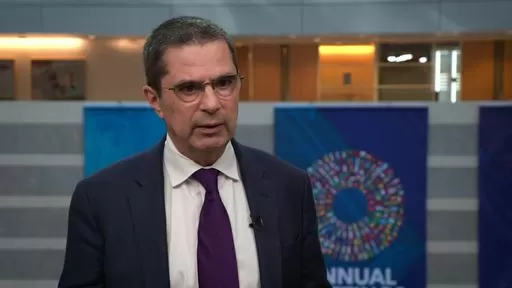In the latest Fiscal Monitor report released by the International Monetary Fund (IMF), it has been projected that global public debt will surpass 100 percent of the Gross Domestic Product (GDP) by 2029. This is a significant milestone, as it would be the first time in history that public debt would reach such a high level. While this may seem like a cause for concern, it is important to understand the context and implications of this projection.
Firstly, it is important to note that the IMF’s Fiscal Monitor report is based on a long-term projection, taking into account various economic and fiscal factors. It is not a prediction of what will happen, but rather a scenario that could potentially occur if current trends continue. Therefore, it is not a cause for panic, but rather a call to action for governments to take necessary measures to prevent such a scenario from becoming a reality.
So, what does it mean for public debt to reach 100 percent of GDP? Simply put, it means that the total amount of debt owed by a country’s government will be equal to or more than its annual economic output. This is a significant level, as it can have a major impact on a country’s economy and its citizens.
One of the main concerns with high levels of public debt is the burden it places on future generations. As governments borrow more money to finance their spending, they are essentially passing on the responsibility of paying back that debt to future taxpayers. This can lead to higher taxes and reduced public services, which can have a negative impact on the standard of living for citizens.
Moreover, high levels of public debt can also lead to a decrease in investor confidence, which can result in higher interest rates for borrowing. This, in turn, can make it more difficult for governments to finance their debt and can further exacerbate the problem.
However, it is important to note that not all debt is bad. In fact, some level of debt is necessary for governments to fund important investments and stimulate economic growth. The key is to strike a balance between borrowing and managing debt effectively.
So, what can be done to prevent public debt from reaching such high levels? The IMF suggests that governments should focus on implementing fiscal policies that promote sustainable and inclusive growth. This includes measures such as increasing tax revenues, reducing wasteful spending, and improving the efficiency of public services.
In addition, governments should also prioritize investments in areas that can boost economic growth, such as infrastructure, education, and healthcare. This can help create jobs, increase productivity, and ultimately lead to a stronger economy.
Furthermore, it is crucial for governments to address the root causes of high public debt, such as corruption and inefficient governance. By promoting transparency and accountability, governments can ensure that public funds are used effectively and efficiently.
It is also important for governments to work together and coordinate their efforts to address global economic challenges. This includes addressing issues such as trade tensions, climate change, and technological advancements. By working together, countries can create a more stable and sustainable global economy, which can help prevent the rise of public debt.
In conclusion, while the IMF’s projection of global public debt surpassing 100 percent of GDP by 2029 may seem alarming, it is not a cause for panic. It is a wake-up call for governments to take necessary measures to prevent such a scenario from becoming a reality. By implementing sound fiscal policies, promoting sustainable growth, and addressing underlying issues, governments can ensure a brighter and more prosperous future for their citizens. Let us use this projection as a motivation to work towards a more sustainable and inclusive global economy.



